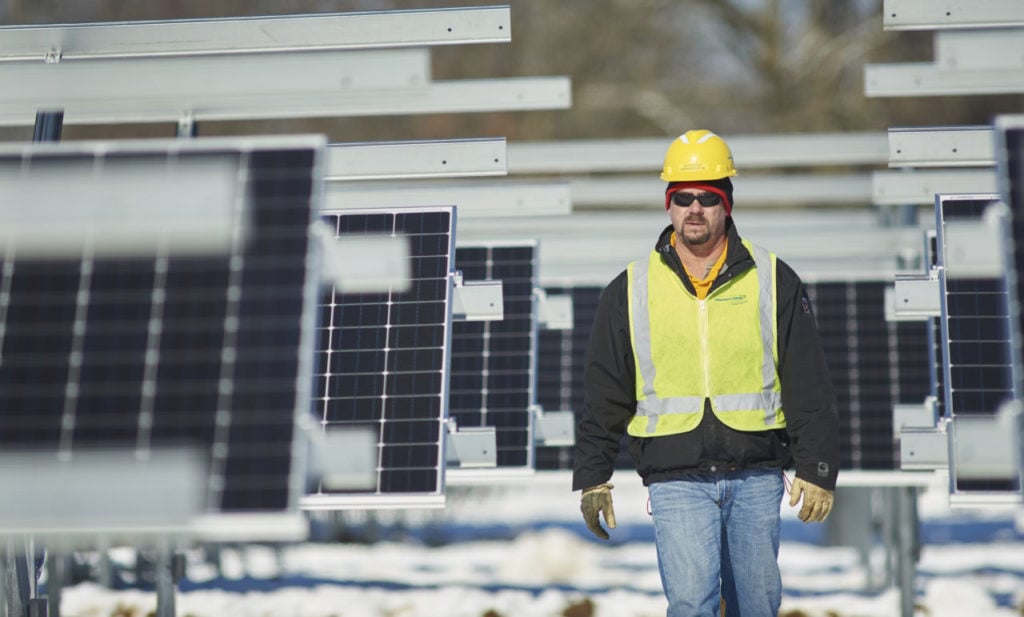
Michigan utility Consumers Energy will build an 85MW solar plant at the former site of two coal-fired power plants in Michigan, which it closed in June this year.
The two plants, known as Karn 1 and Karn 2, each had a power capacity of 258MW, and had been in operation since 1959. While Consumers Energy has not yet announced the technical specification of the new project, including module manufacturers or grid connection plans, the utility did note that it aims to commission the new solar project by 2026.
Try Premium for just $1
- Full premium access for the first month at only $1
- Converts to an annual rate after 30 days unless cancelled
- Cancel anytime during the trial period
Premium Benefits
- Expert industry analysis and interviews
- Digital access to PV Tech Power journal
- Exclusive event discounts
Or get the full Premium subscription right away
Or continue reading this article for free
“Consumers Energy put years of thoughtful work into closing the Karn facilities, and chief among those considerations was how we wanted the site to operate and function after the closure,” said David Hicks, Consumers Energy’s vice president of clean energy development.
“Based on future use studies and input from local stakeholders, solar emerged as the best option to ensure we continue to be good stewards of the land and to provide valuable tax dollars for the community while still pushing us further toward our sustainability goals.”
The closure and replacement of the Karn plants with solar projects is part of Consumers Energy’s plans to decarbonise its operations, with the utility aiming to retire all of its coal-fired power plants by 2025. While this does not mean the utility will rely entirely on renewable power – the Karn 3 and 4 plants will use natural gas and oil until 2031 – the construction of a solar project will be an important part of the utility’s plans to generate half of its electric capacity with renewables by 2040.
The construction of solar facilities in areas historically reliant on coal power is of particular financial benefit for developers, with the US Inflation Reduction Act offering a 10% bonus on investment tax credits and production tax credits for such solar projects. Opportunities such as these have helped encourage a new wave of solar developments at former coal sites, and could form a key part of the US’ energy transition.
The news also follows the release of figures from the US Energy Information Administration this week, which reveal that the cost of constructing a new solar plant in the US fell 6% between 2020 and 2021, as new solar projects become more financially viable for developers.






